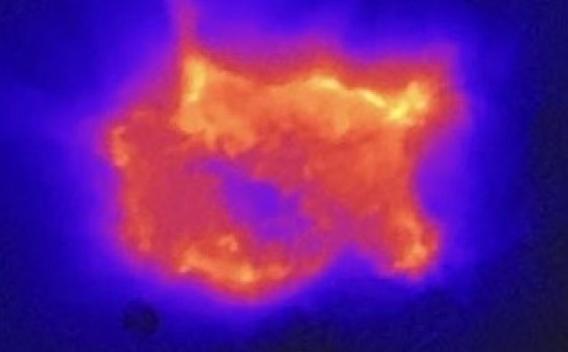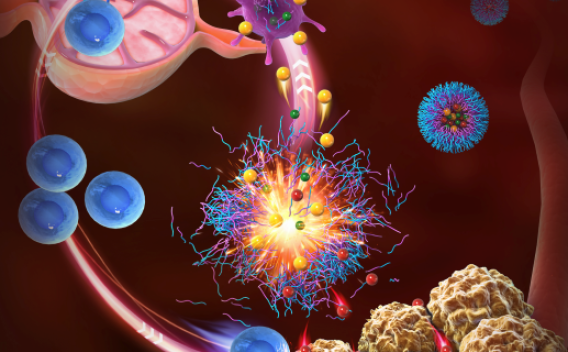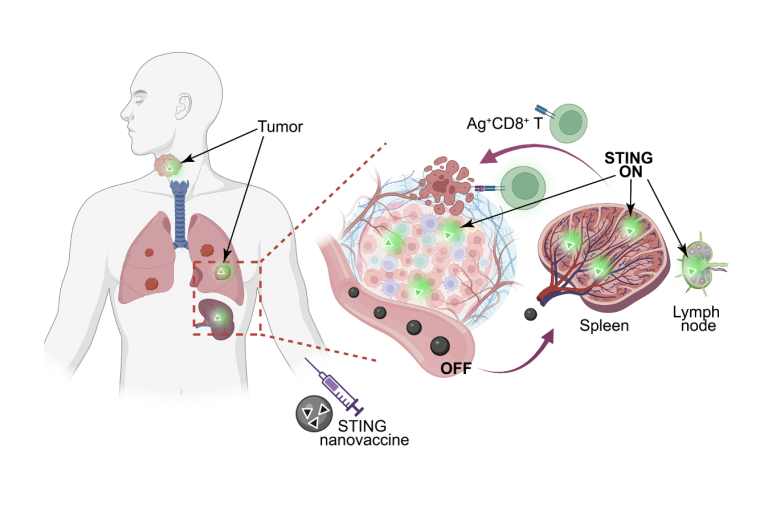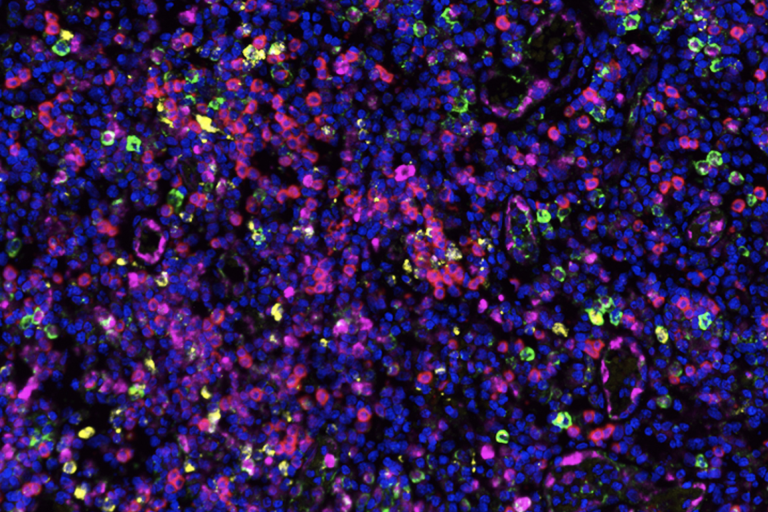Welcome to Gao Lab
Our lab innovates nanotechnology to image and perturb tumor metabolism and immunity with the goal to advance cancer care. Our pH nanosensor has received FDA Breakthrough Therapy Designation for precision cancer surgery. A STING-activating nanoparticle has entered first-in-human trials in patients with advanced solid tumors.
Meet the Principal Investigator

Jinming Gao, Ph.D.
Jinming Gao is a Professor of Biomedical Engineering, Cell Biology, Otolaryngology, and Pharmacology at UT Southwestern. He holds the Elaine Dewey Sammons Distinguished Chair in Cancer Research, in Honor of Eugene P. Frenkel, M.D. He is an Outstanding Investigator Awardee from the National Cancer Institute.
Get Involved
Meet the Team
Get to know more about our lab members at the interface of nanotechnology and biology
See Lab Members & Alumni
Join Our Lab
We are looking for high energy seekers who want to make a difference in medicine
Explore Opportunities
Collaborate with Us
Reach out for more information on getting involved with our research
Get in Touch



